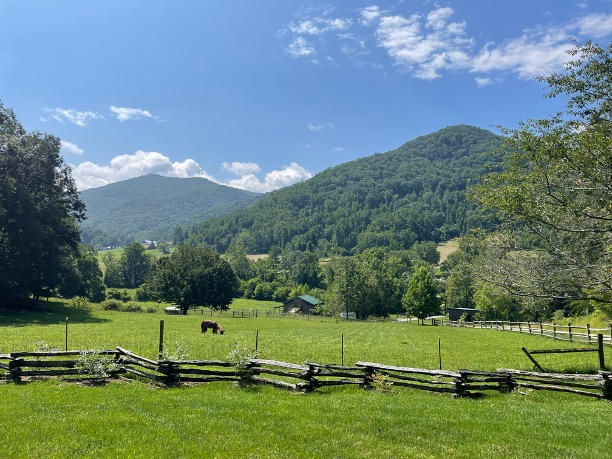Artist 2: A collective
"Wool is an amazing material; we are so lucky to have sheep and wool."
- Education is an essential part of their practice
- Making is supported by research
- Currently working with kudzu, following the whole cycle of the material
- Explorations on ways to turn this material into an industrial material
- The focus was on something other than wool - accepting the incredible properties of a material and finding ways to work with it.
Visit Fiber House Collective.
REFLECTIONS AFTER MEETINGS:
- Making, teaching, and researching are inseparable for many creative practitioners, and these three elements influence each other's sustainability.
- Many times, although an idea leads the creative process, artists and craftspeople get most of the joy from the process of making it rather than having the final outcome.
- Farming brings many additional responsibilities that leave little space for processing fibers into yarns or rovings.
- All interviewees were driven by their passion and dedication. The business part is often considered only to continue engaging with what they value, enjoy, and find meaningful.
Artist 1: MW
"Craft is a way of finding your purpose in life."
-Mainly works with flax, natural dyeing, and weaving
-Education is an integral part of her practice
- Overseeing the entire project is part of caring for the practice
- Raw material as part of the craftsperson's responsibility: grows her own flax and transforms it into yarn
- Although she loves working with animal-based materials, like wool, the responsibility of taking care of animals generates obstacles
Visit her website here.
Farm 2 in North Asheville
- 12 Corriedale sheep mixed with an English breed
- Breeds sheep mainly for meat production and fertilizing the fields.
- Although wool is not used at all, they are still kept in storage not to waste it.
- No collaboration with craftspeople
Artist 4: NG
- A conversation between art and design
- Ideas lead to an outcome, but the process emerges very much through conversations with materials
- Works mainly with hemp and alpaca
Visit his webpage here.
As part of my research, I decided to talk with people working with textiles and fibers, like craftspeople, artists, and artisans, to learn from their experiences:
- What type of fibers do they use?
- How do they perceive wool?
- What behaviors might they expect from their materials?
I had conversations with four artists/craftspeople/educators. During these conversations, a little package of fibers accompanied us. Touching these material samples facilitated our conversations and provided sensorial reflections.
I also visited two sheep farms to learn about the experiences of sheep farmers and how they manage the fiber.
Farm 1 in Weaverville
- Jacob sheep, Blue Faced Leicester + border Leicester, Cotswold sheep, and lamas.
- A hobby farm to raise sheep,
- The wool is processed elsewhere if the amounts are large; otherwise handspun.
Artist 3: LK
"Felting is like dancing with wool."
- Extensive experience in felting
- Her focus is on structural examinations of the material
- Education is an elemental part of her artistic practice
Visit her webpage at strongfelt.com







